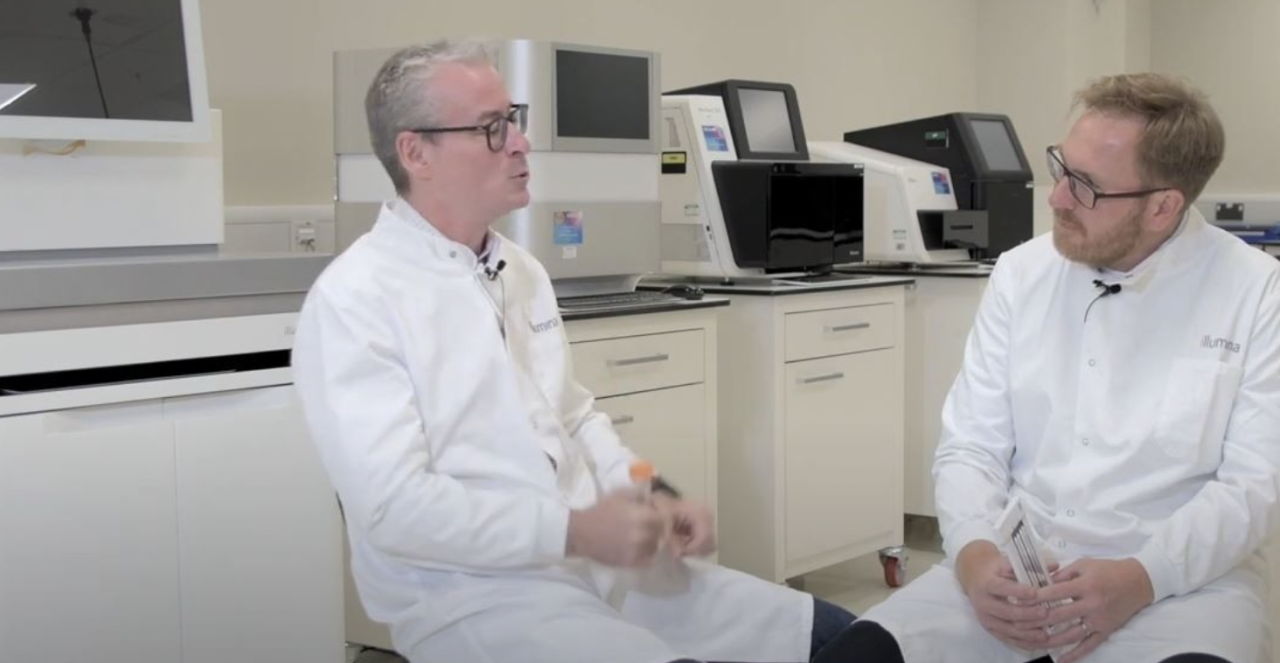SOURCE: Illumina
DESCRIPTION:
Huge congratulations to Professor Eske Willerslev and the international team of scientists behind the new Nature paper, ‘Late Quaternary Dynamics of Arctic Biota from Ancient Environmental Genomics'. In it, Eske and colleagues suggest that the demise of the woolly mammoth and megafauna extinction at the end of the last ice age, was due to alterations in vegetation needed for food brought about by climatic change gathering speed over several millennia rather than hunting by humans.
It’s heartening that, in addition to unlocking the power of the genome for human benefit in precision diagnostics and medicines, and healthcare more generally, that next-generation sequencing is finding a role in environmental impact and understanding climate change.
Using Illumina technology, the team of 50 scientists sequenced 535 samples of ancient soil layers from 74 sites, spanning some 50,000 years, to generate 10.2 billion reads. Each layer of soil revealed DNA from all the organisms present on that spot of land at that time, including plants, microbes and mammals. Together, the samples paint a vivid picture of what life in the Artic looked like across several different time periods.
As Eske explained in simple terms when he came to visit our labs in Cambridge, DNA is negatively charged and so, when it is expelled from a plant or animal it attaches to soil particles. The team has devised a method of detaching and preparing it for sequencing. Importantly, soil is in great abundance and by analyzing soil instead of fossils, the team was able to understand our past without destroying it, as happens when you take DNA from fossils. Moreover, with a limited supply of fossil specimens, we only have a paleontological snapshot of certain animals, whereas soils captures all flora and fauna.

Eske has been a long-term customer of ours and we are always delighted to learn of the novel ways in which he applies our technology to understanding the beautiful earth that we all inhabit and the intersections between environmental health and human health. To learn more about our commitment to sustainability, you can read our CSR Report and join our first Environment, Social and Corporate Governance (ESG) investor event Tuesday, November 16, 2021.
More and more research groups around the world are turning to environmental DNA or eDNA to study ecological change because it can reveal real-world scales of biological communities with multiple interacting species. eDNA can be collected from other bountiful mediums such as seawater, snow or even air, all of which have benefits beyond DNA sampled directly sampled from an individual organism. And once we understand ecological changes and what drives them, we will better be able to protect biodiversity through conservation genomics programs.
When I joined Illumina 5 years ago, I could never have imagined the incredible reach of this technology and its potential to unlock the power of the genome not only in the here and now, but by stretching back in time and helping us map our future.
KEYWORDS: illumina, NASDAQ: ILMN, Professor Eske Willerslev, Paula Dowdy















